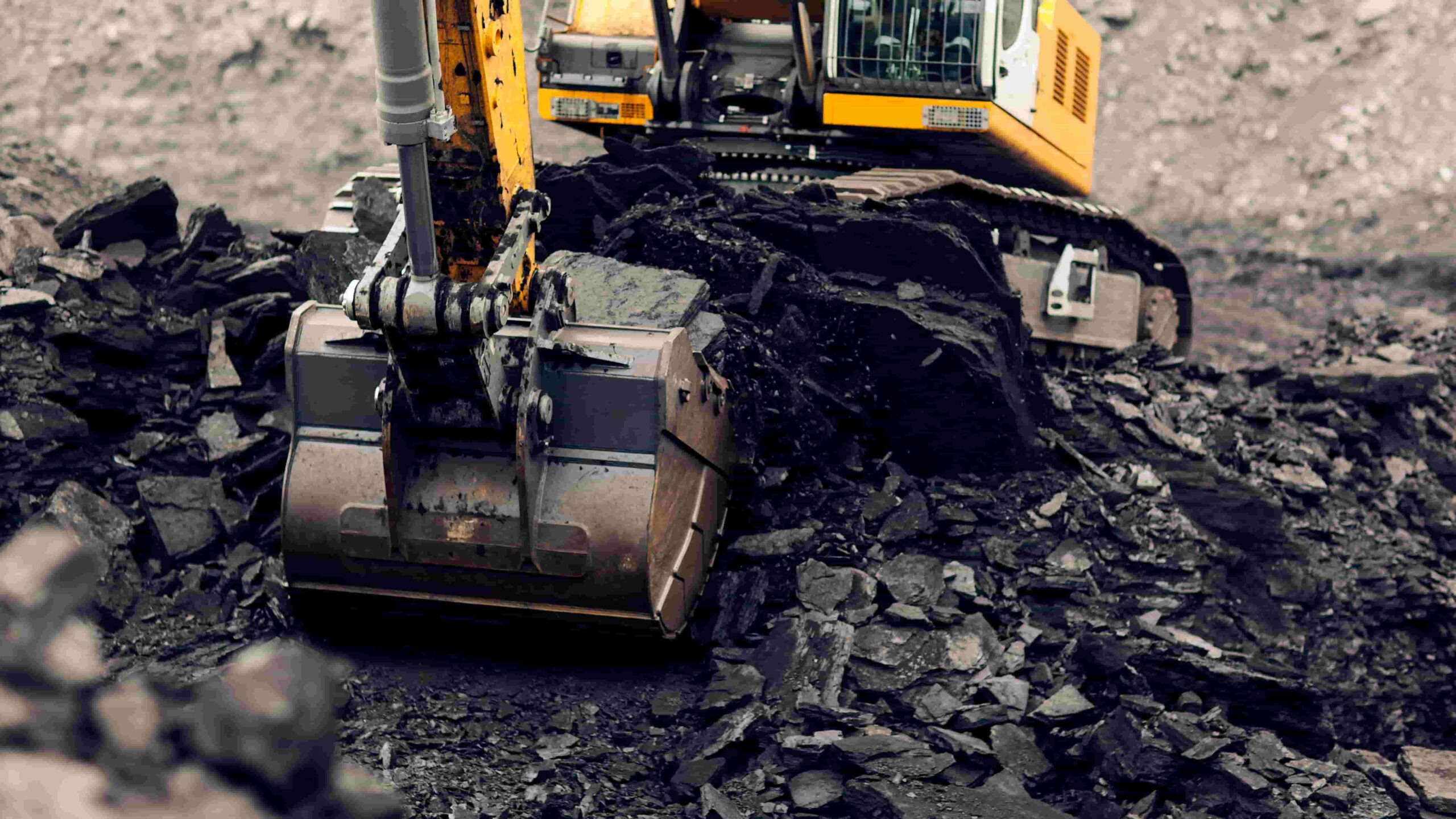
Posted on May 5th, 2023 by hpprocess
A whopping 1.05 billion tons of coal is burned annually in the US to produce approximately half of its total electricity. The burning of coal emits 1.9 billion tons of carbon dioxide and produces 120 million tons of toxic waste as a byproduct.
One of the byproducts is fly ash, which contains several poisonous metals. It is very fine, thus making it critical to handle it safely. Otherwise, it can lead to significant risks to human health and the environment. Thus, proper fly ash removal, processing, and storage are vital for safety.
Is fly ash dangerous? Understanding the risks and implementing suitable measures can transform fly ash from a hazard to a valuable resource.
Fly Ash – Composition and Traditional Treatment
Fly ash is a byproduct of burning carbonaceous materials such as coal in industries.
It consists mainly of aluminum, calcium, iron, and silicon oxides. However, based on its source, fly ash may also contain toxic heavy metals like Arsenic, Beryllium, Boron, Cadmium, Chromium, Cobalt, Lead, etc.
Traditionally, fly ash has been regarded as waste and disposed of improperly into the atmosphere, causing tremendous damage. Recently, authorities have put several stringent regulations in place. Thus, capturing fly ash before release is critical to mitigating its environmental impact and potential hazards.
While ACAA reported that 60% of fly ash was recycled in 2022, a large amount remains unclaimed fly ash. Understanding why fly ash can be potentially dangerous when not appropriately collected is important.
Why is Fly Ash Dangerous?
Several studies have shown that fly ash can pollute air, water, and soil if not collected and managed properly.
When released into the soil, air, or water bodies, fly ash can
- Contaminate ecosystems
- Hinder crop growth
- Lead to respiratory problems
- Impact the drinking water quality
The US EPA found that plant workers and people have an increased risk of cancer, heart disease, stroke, and asthma due to airborne fly ash. Crystalline silica present in fly ash can also get deposited in the lung, causing silicosis.
Heavy metals in fly ash also leach into groundwater aquifers, degrading water quality. Several groundwater contamination incidents in US states such as Tennessee, Maryland, Illinois, Texas, and North Carolina have been reported.
In 2008, the Kingston Fossil Plant in TN spilled 1.1b gallons of coal ash into the rivers Clinch and Emory, causing harm to nearby inhabitants. In another incident at Eden, NC, an estimated 50K to 80K tons of ash was released into the Dan River.
Therefore, ensuring a decrease in airborne fly ash is paramount to safety.
Safe Ways to Recover Fly Ash
Effective removal methods are crucial to ensure safety and mitigate the hazards of fly ash. Proper fly ash removal protects human health. It also prevents air, soil, water bodies, and vegetation contamination.
At Heyl Patterson, we provide solutions specially designed for converting fly ash into a usable product that can be safely utilized in many beneficial products such as construction materials, ceramics, and fertilizers.
Our fly ash thermal process systems use advanced technologies to dry and de-carbonize fly ash particles. These systems employ state-of-the-art technologies to produce the highest quality fly ash products while efficiently using energy recovery.
Through Heyl Patterson’s solutions, your coal industry can significantly reduce environmental impact and safeguard the well-being of workers and surrounding communities.
Reach out to us to get a quote today.










